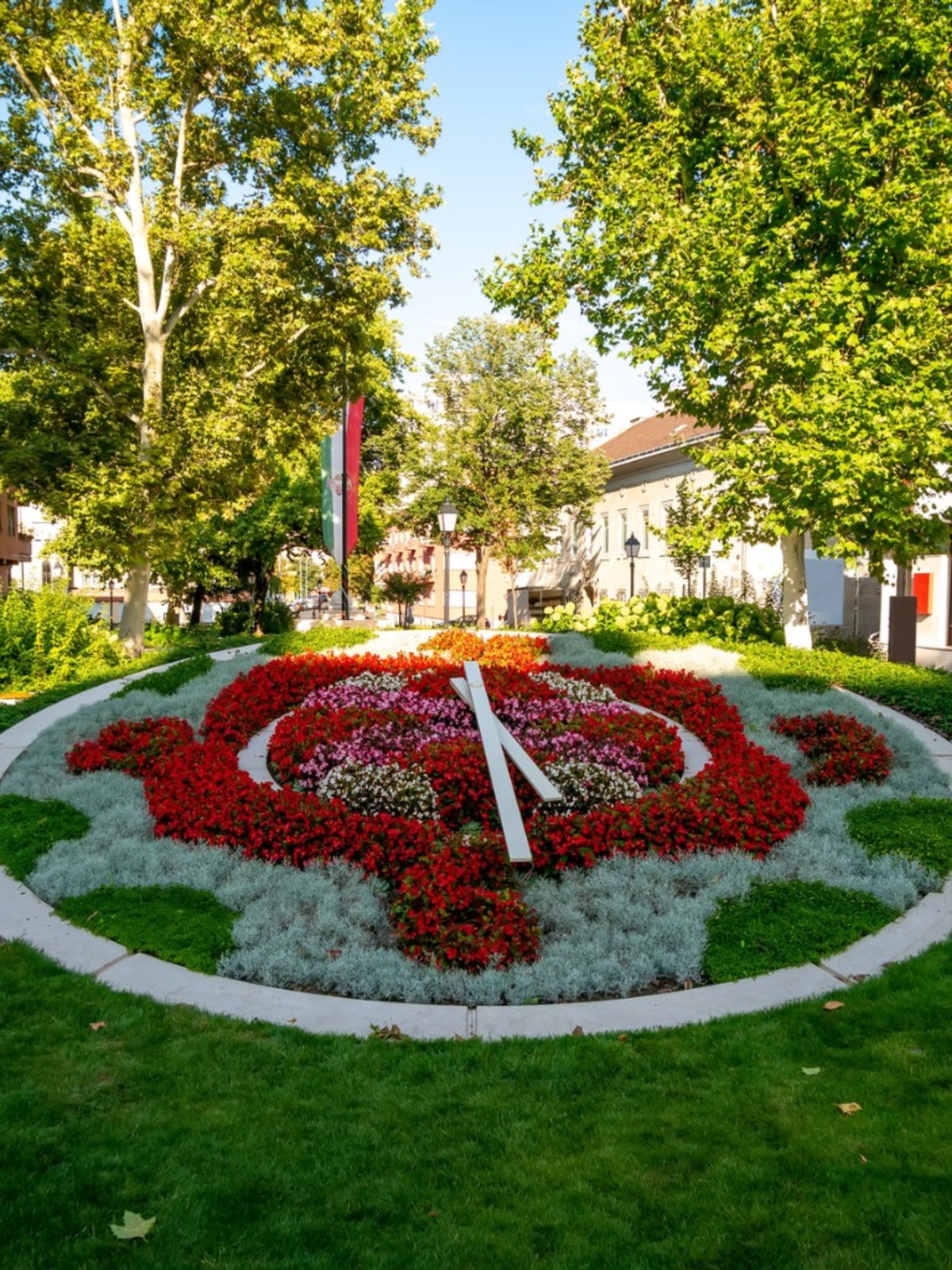Using Clock Garden Plants: How To Make a Clock Garden

Looking for a fun way to teach your kids how to tell time? Then why not plant a clock garden design. Not only will this help with teaching, but it can also be used as a learning opportunity about plant growth. So what are clock gardens? Continue reading to learn more about them and how to make a clock garden.
What are Clock Gardens?
The floral clock garden originated with Carolus Linnaeus, an 18th-century Swedish botanist. He hypothesized that flowers could accurately predict time based on when they opened and when they closed. In fact, many such gardens were planted in the early 19th century using his designs. Linnaeus used three groups of flowers in his clock garden design. These clock garden plants included flowers that changed their opening and closing depending on weather, flowers that changed opening and closing times in response to the length of the day, and flowers with a set opening and closing time. The clock garden clearly proved that all plants have a biological clock.
How to Make a Clock Garden
The first step in making a clock garden involves identifying flowers that open and close at different times during the day. You should also select flowers that are well suited for your growing region and ones that will flower at about the same time of the growing season. Create a circle that is about a foot (31 cm.) in diameter in rich garden soil. The circle should be divided into 12 sections (similar to a clock) to represent the 12 hours of daylight. Position the plants in the garden around the outside of the circle so they can be read in the same fashion as you would read a clock. When the flowers bloom, your floral clock garden design will go into action. Keep in mind that this design is not foolproof, as plants are affected by other variables such as light, air, quality of soil, temperature, latitude, or season. However, this fantastic and easy project will demonstrate each plant's sensitivity to light.
Clock Garden Plants
So what types of flowers make the best clock garden plants? Depending on your region and other variables mentioned above, it is best to do as much research on flowers that will thrive in your area before purchasing any clock garden plants. However, there are some good plants to choose from that have very set opening and closing times. If these plants can be grown in your region, they will provide a strong foundation for your flower clock design. This is just an example of some plants that have set opening/closing times that can be used in your clock garden design:
- 6 a.m. - Spotted Cat's Ear, Flax
- 7 a.m. - African Marigold, Lettuce
- 8 a.m. - Mouse-Ear Hawkweed, Scarlet Pimpernel, Dandelion
- 9 a.m. - Calendula, Catchfly, Prickly Sow
- 10 a.m. - Star of Bethlehem, California Poppies
- 11 a.m. - Star of Bethlehem
- Noon - Goatsbeard, Blue Passion Flowers, Morning Glories
- 1 p.m. - Carnation, Childing Pink
- 2 p.m. - Afternoon Squill, Poppy
- 3 p.m. - Calendula closes
- 4 p.m. - Purple Hawkweed, Four O'Clocks, Cat's Ear
- 5 p.m. - Night Flowering Catchfly, Coltsfoot
- 6 p.m. - Moonflowers, White water lily
- 7 p.m. - White Campion, Daylily
- 8 p.m. - Night Flowering Cereus, Catchfly
Gardening tips, videos, info and more delivered right to your inbox!
Sign up for the Gardening Know How newsletter today and receive a free copy of our e-book "How to Grow Delicious Tomatoes".
-
 How To Make A Bouquet Garni Or Herb Bundle For Cooking
How To Make A Bouquet Garni Or Herb Bundle For CookingIf you’re a great cook, you may have made an herb bundle before. If this is a new idea, learn how to add sparkle and interest to your dish with a bouquet garni.
By Amy Grant
-
 ‘Coral Charm’ Peony Care For Sublime Semi-Double Peonies With Lush Salmon Pink Flowers
‘Coral Charm’ Peony Care For Sublime Semi-Double Peonies With Lush Salmon Pink FlowersPeonies are known for their soft baby pink or magenta tones, but if plushy coral blooms are your thing, here’s our guide to the ultimate ‘Coral Charm’ peony care
By Tonya Barnett